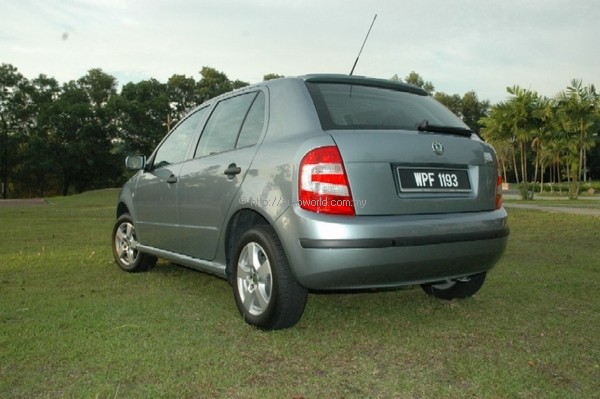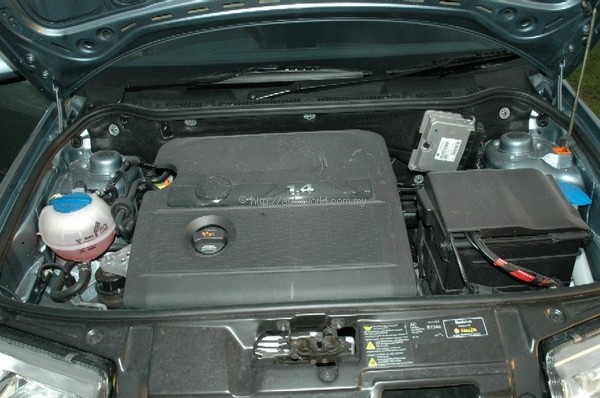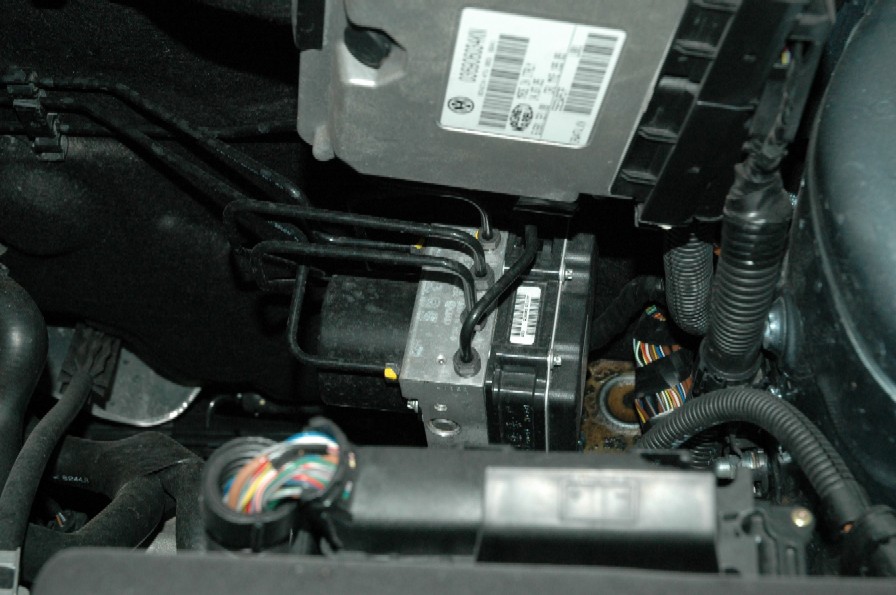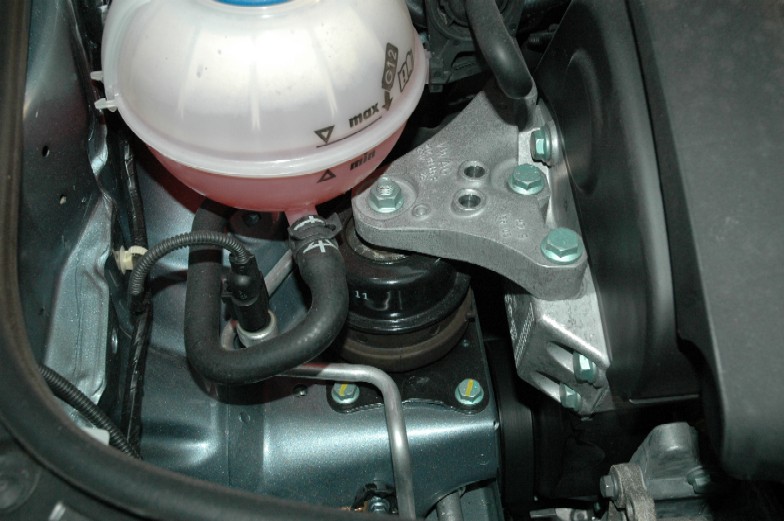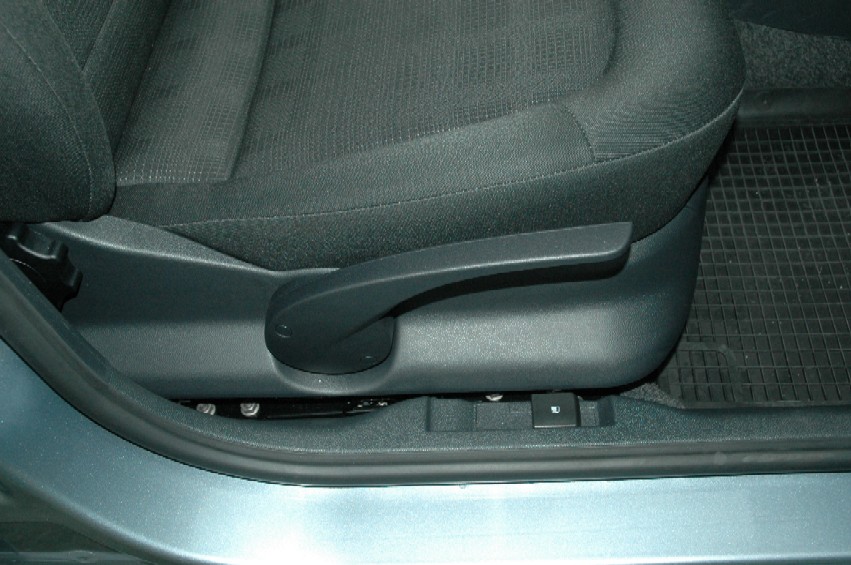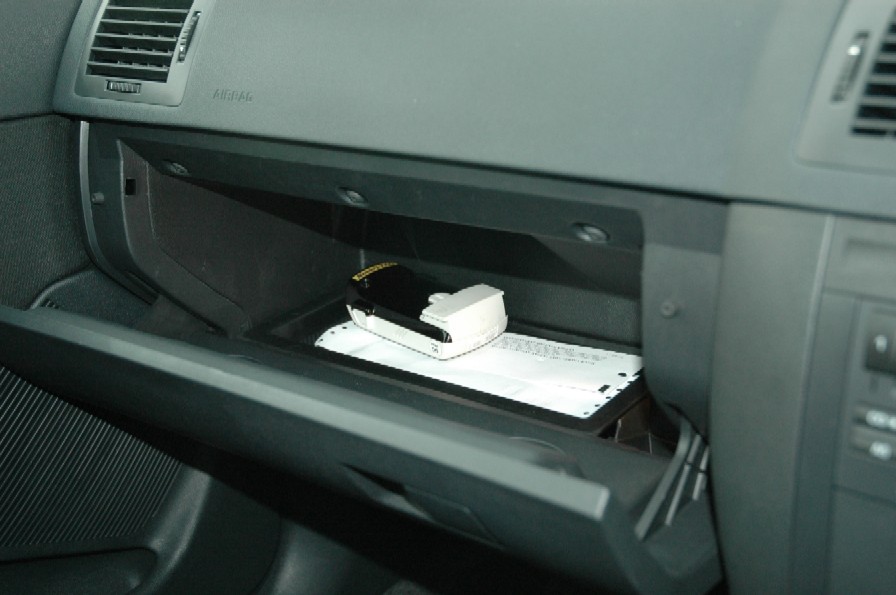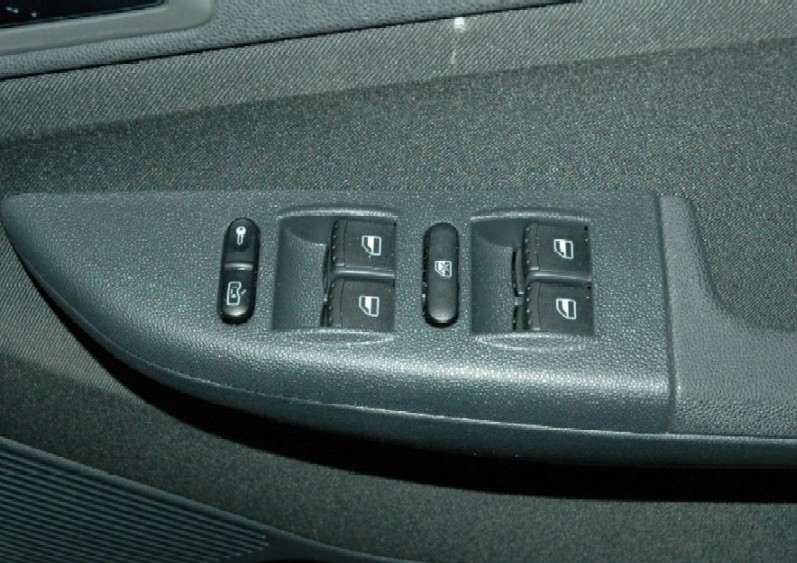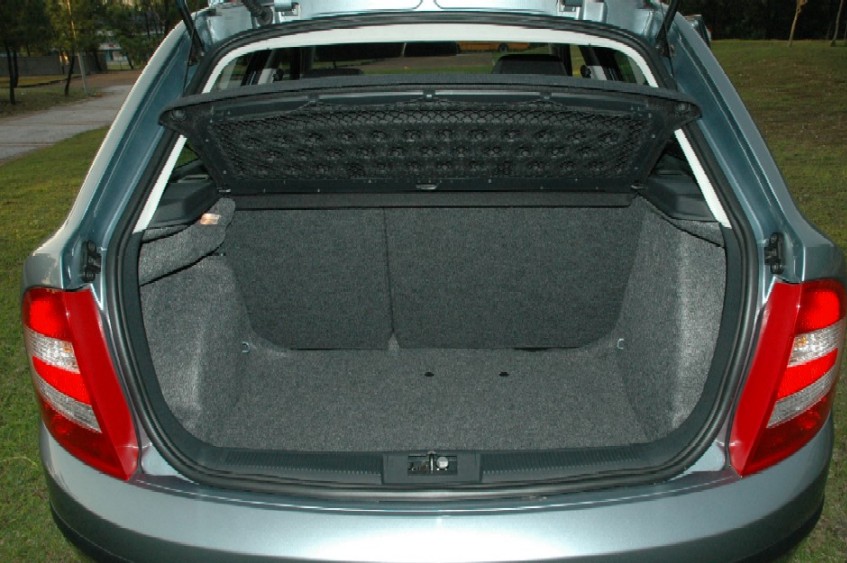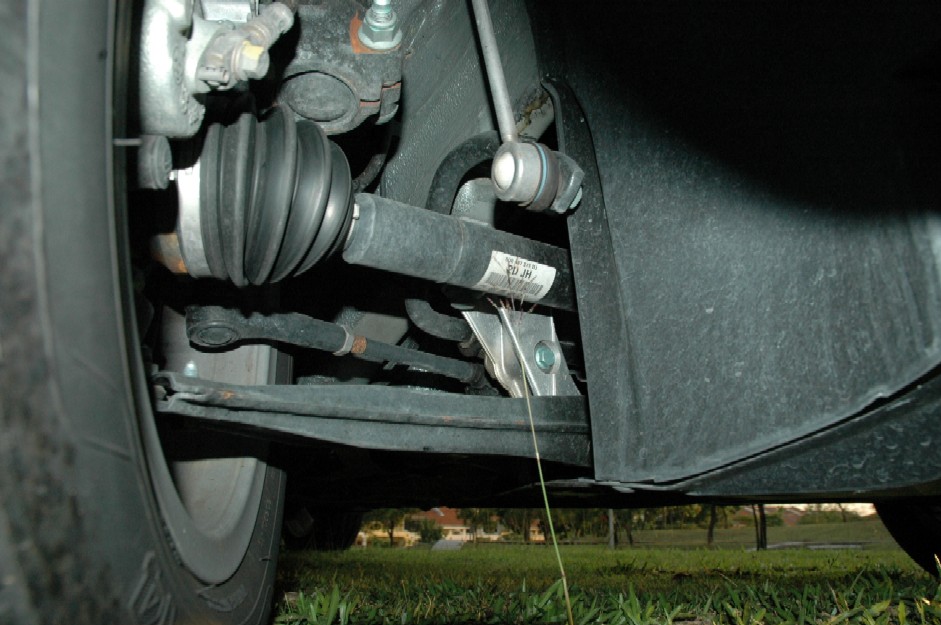Skoda Fabia – Great Car, Wrong Price
The Skoda Fabia in Europe is very popular. It is a great car, small, but with many big car features, planned that way because, as the underdog, Skoda offers more than the ordinary specifications of a car in its class to make it more attractive. It is an entry-level car in Europe, but it is not necessarily a low-grade car.
We got one for a test from Auto Praha Sdn Bhd, the local importers and distributors of the brand, and we were very impressed with what it had to offer. For a little 1.4 litre vehicle, the Fabia is quite nippy, and has many features found mostly on much bigger cars. Imported as a CBU, the Fabia belongs to the Skoda family, and believe it or not, Skoda have been around for 101 years, having had its beginnings way back in 1905, when the auto industry was still in its early development stage. Why it never became a top marque is simply because for a long time after World War 2, It was hidden under the Iron Curtain, but now that the drapes are drawn, we get to see more of these cars on the road here.
Skoda is now a part of the Volkswagen group, which also owns Audi, and the latest cars from Skoda are really good cars, technically speaking. I personally like the Skoda Superb, which is a great car once sold at a very reasonable price. The Fabia has been around for quite a while, and prices were very reasonable too, until the NAP forced prices up to the current RM99, 900.00, a price that is quite daunting for even the best marketers, and hard to be accepted even by the most brand-loyal buyer.
Prices aside, the Skoda Fabia has plenty to offer. In a nutshell, it is a small car with big car features. For starters, it comes with a DOHC (Double Overhead Camshaft) engine that produces 75BHP at 5,000 RPM, and maximum torque of 126 Nm at 3,800 RPM. This gives it a top speed of 175 km/hr (indicated speed, as tested, while the claimed top speed is 166 km/hr). The engine specifications are not that great, but what is impressive is how smoothly the power is delivered. ABS comes along as standard equipment. Front brakes are ventilated discs, with drums at the rear. Airbags are also included for driver and front passenger.
Inside, the Fabia is built as a ‘multi-purpose vehicle, with the rear seats being able to split and fold to provide space for carrying bulky items. The front passengers get well built bucket seats in addition to which the driver’s seat has a height adjustment that is very useful if one is very tall or vertically challenged. To top it off, getting an ideal sitting position is a cinch, as the steering wheel is not only tilt-adjustable, but reach-adjustable as well. For the rear passengers, legroom is ample, and the seats are quite comfortable too. Wing mirrors are power-adjustable, and all four windows are powered. One thing I found very thoughtful is that it is possible to open the rear tailgate from the rear, as there is a ‘touch’ handle under the rear tailgate lip; this, and many of the features mentioned above, is something not found in many of the lower-priced cars available today.
The front suspension is made up of Macpherson struts and a stabilizer bar, while the rear runs a torsion beam axle. Coil springs are fitted on all four wheels. The Skoda is a fun car to drive, and credit must be given to the design engineers who have managed to dial in a comfortable ride without sacrificing too much on handling.
Power is transmitted to the road through an electronically controlled 4-speed automatic transmission equipped with ‘fuzzy logic’, claimed to adapt itself to one’s driving style. We found it to be a good gearbox, with very smooth gear changes, and with good ratios to bring out the best in the engine. Road speed in top gear is approximately 35 km/hr per 1000 rpm. Fuel economy is claimed at 7.8 litre per 100 kilometres; in our tests, we managed to cover 300 kilometres with RM56.03, making the cost per kilometre a little under 18.7 sen; the average user is likely to get substantially lower costs per kilometre, because we were really pushing the Fabia to its limits, with the pedal to the metal for most of the time that we were on the highways. If you are conservative on the throttle, you can expect much, much better results, because when we had the car toodling around town for the first 100 kilometres, the fuel needle hardly moved.
What impresses me most about the Fabia is the extremely quiet interior. At speeds up to 160 km/hr, there is hardly any noise; we found it possible to carry out normal conversations due to the fact that there was hardly any wind noise. The engine is very well balanced, with hardly any vibration, strange noises, and does not sound like it is under any stress. Looking closer at the engine, we note that the engine mountings are hydraulic, which helps to explain the smoothness and the lack of vibration. Hydraulic engine mountings are usually found on more expensive cars.
The interior build quality is excellent. Instrumentation is basic, but the instruments and readouts are clear and easy on the eyes. The dashboard is in black plastic, but of the soft-feel type. The door inner panels and the interior trim are a classic lesson in how ‘cheap’ does not have to look cheap. Clever texturing of the material makes it look better than many cars on the road. Perhaps some of our local makers can learn a lesson or two about building good cars using the Skoda Fabia as an example.
After almost a week with the Fabia, I find it a great car, very enjoyable to drive. I believe that Skoda makes great cars, from all the models that I have had the pleasure to test. I just wish that it was more affordable, i.e. priced closer to other cars in the same engine capacity.





